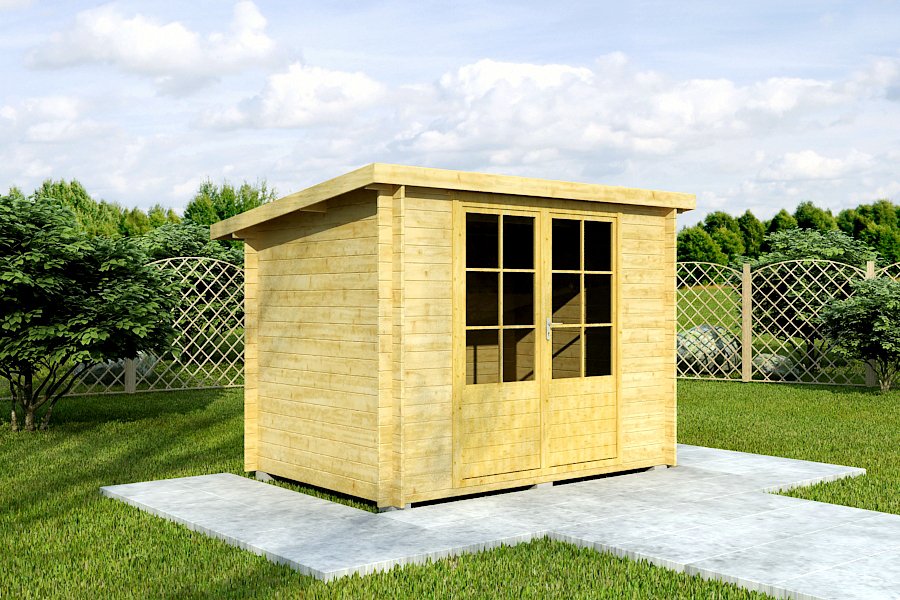
Protective Finishes For Glulam Timber
Glulam wood flooring is an investment, and should be taken steps to preserve its look after leaving its manufacturer. A penetrating and breathable protective coating should ideally be applied at an approved manufacturing location for maximum protection.
There are various film-forming surface treatments for glulam, including translucent coatings, opaque paint and clear varnishes. Wood stains and penetrating oils such as teak oil may also provide additional maintenance solutions for certain species of timber.
Water-Repellent Sealers
There are various products available that can help protect glulam during on-site storage, including sealers with low solid content and translucent properties that allow wood to breathe while still providing adequate moisture control. It is ideal that surface coatings remain intact to avoid cracking and deterioration that would allow moisture penetration through cracks in their coating, and these sealers can be specified according to anticipated exposure time frames and should also complement final finishes.
Because mass timber projects require unique moisture mitigation strategies during their construction due to their size and number of members involved, protective membranes must be considered carefully at an early stage to help ensure its success.
Sealers such as LotusPro, an innovative water repellent inspired by lotus flowers’ self-cleaning abilities, offer premium protection to today’s high-value engineered wood. This manufacturer-applied product dries quickly after being applied, and can significantly reduce moisture absorption and risk of mold growth in CLT and glulam components as well as dirt pickup on-site, thus decreasing work required to clean members. In turn, this provides a clear natural-looking surface which allows its beauty to shine through, as well as expedited crew work efficiency!
Anti-Stain Sealers
Once glulam is installed it must be protected from moisture absorption which could potentially cause irreparable damage. Film-forming surface treatments – translucent coatings, opaque paint or clear varnishes are recommended, though their selection will depend upon its members and anticipated duration of outdoor exposure.
If the glulam will be enclosed by concrete or exposed in an open frame building, an anti-stain sealer with low solid content should be used to protect its surfaces from moisture ingress, prior to painting, staining or encasing. This type of finish helps prevent ingress of moisture that might otherwise seep through and helps ensure a longer service life for its components.
Decisions on what finish to select for a glulam project depend upon the aesthetic desired by both design team and end user. A completely clear coat will help stop timber changing color gradually over time; however, this does not preserve its original look; therefore a pigmented stain should be used. Alternatively, for projects where an aged, weathered appearance is desired transparent or micro tint finishes allow underlying colors to show through more easily.
UV-Repellent Coatings
When selecting finishes for glulam timber it is essential to remember that its natural hue will gradually shift over time due to exposure to UV light. Although this process is natural, some stain and finish systems can help slow it. Full breathable waterborne finish systems offer optimal protection by keeping moisture at bay while still permitting wood cells to breathe – thus helping avoid risk of rot or mould forming in its pores. Furthermore, opting for products with reduced VOC levels has less of an environmental impact than solvent based paint or stain systems.
Before transport to a construction site, CLT and glulam panels should be treated with a penetrating, breathable protective coating for maximum moisture absorption, staining and weathering mitigation. Factory-applied treatments provide consistent penetration while being sanded and prepped prior to being painted upon. This will enable subsequent coatings to adhere more securely.
As mass timber continues to become a more prevalent component in urban buildings, protective finishes become ever more essential. Coatings protect wood against moisture intrusion, handling, UV rays and wear-and-tear from human contact as well as environmental elements like heat, cold or wind.
As mass timber can be an expensive investment, protecting it with a protective finish is critical to its long-term performance and should be given top priority by building owners. Wood protection specialists can assess wood species, expected exposure levels and application environment before selecting an ideal coating system for any given project. Regular inspections and maintenance cycles will also be necessary in order to preserve its integrity. Frequency will depend on environmental, coating and surface preparation factors as well as penetration ability of coating. Regular application and proper care of mass timber structures with appropriate coating will protect their value, saving money over their lifecycle as repairs or renovations may become unnecessary.
Paints
Glulam panels can be finished using any film-forming surface treatment that would normally be used on wood, including opaque paints, translucent coatings, wood stains and clear varnishes – some even provide fire retardant properties!
Although glulam typically comes with low moisture contents, prolonged outdoor exposure may necessitate additional surface treatments to protect it from damp penetration caused by raindrops, wet snowfall, soil moisture and splashes of liquid; which in the long term could cause discolouration or structural failure of glulam sheets.
When selecting stain for painting glulam it is crucial that the correct one be selected. Dark hues should not be applied directly onto exterior timber members as these attract heat and may cause surface shrinkage leading to resin bleeding, splitting distortion and cracking; transparent stain is often preferred and UV protection provides added peace of mind in keeping its hue stable over time.